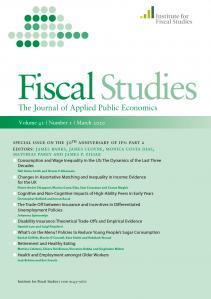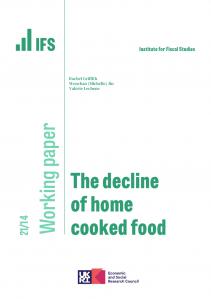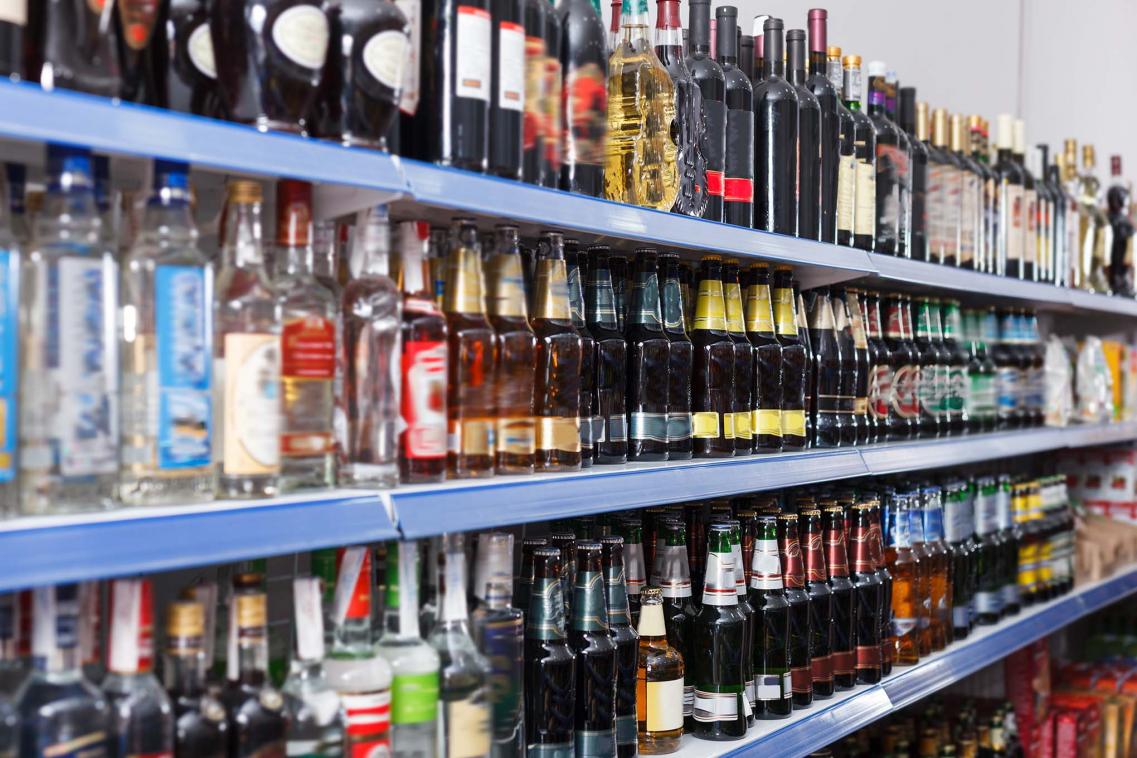
Empirical evidence on the formation of habits, self-control and non-separabilities in food choices (FOODHABITS)
Showing 1 - 12 of 36 results













21 May 2020

14 June 2021

20 November 2020

We study the introduction of a price floor for alcohol that is aimed at correcting for negative consumption externalities. Policy effectiveness depend
20 November 2020

Soft drink taxes have been implemented in 50 jurisdictions (as of August 2019). We review the evidence on their effects, summarising 27 studies of taxes in 11 jurisdictions.
24 September 2019

We analyse a simple Hotelling model in which retailers and manufacturers endogenously advertise their respective brands; we account for the impact of advertising on retailer–manufacturer bargaining and downstream competition. The model predicts that retailers advertise their store brands less when advertising is more rivalrous.
22 March 2019

Getting a healthy start: the effectiveness of targeted benefits for improving dietary choices
1 March 2018

The government has launched a consultation on whether to ban the advertising of food and drink high in fat, salt or sugar on television before the 9pm watershed. But the impact of such restrictions would depend on how firms change their advertising strategies following the ban.
18 March 2019

We present a method to estimate preferences in the presence of unobserved choice set heterogeneity.
2 October 2017

Alcohol consumption is associated with costs to society from anti-social behaviour, crime and public costs of policing and health care. These externalities are non-linear in alcohol consumption, with a small number of heavy drinkers creating the majority of the costs. Governments attempt to reduce problematic alcohol consumption through restricting availability and with policies that aim to increase prices. In this paper we study the design of alcohol taxes.
1 April 2019


Since 2007 it has not been permitted to advertise food and drink that is high in fat, salt or sugar during children's television programmes. Evidence from Ofcom suggests that in 2016 children spent 64% of their viewing time watching programmes outside children’s programming. Recent discussion around the possibility of a second wave of the Government’s childhood obesity strategy has included calls from health campaigners and leaders of all the main opposition parties to extend current restrictions on when food and drink products that are high in fat, salt or sugar can be advertised to cover all pre-watershed advertising.
31 May 2018